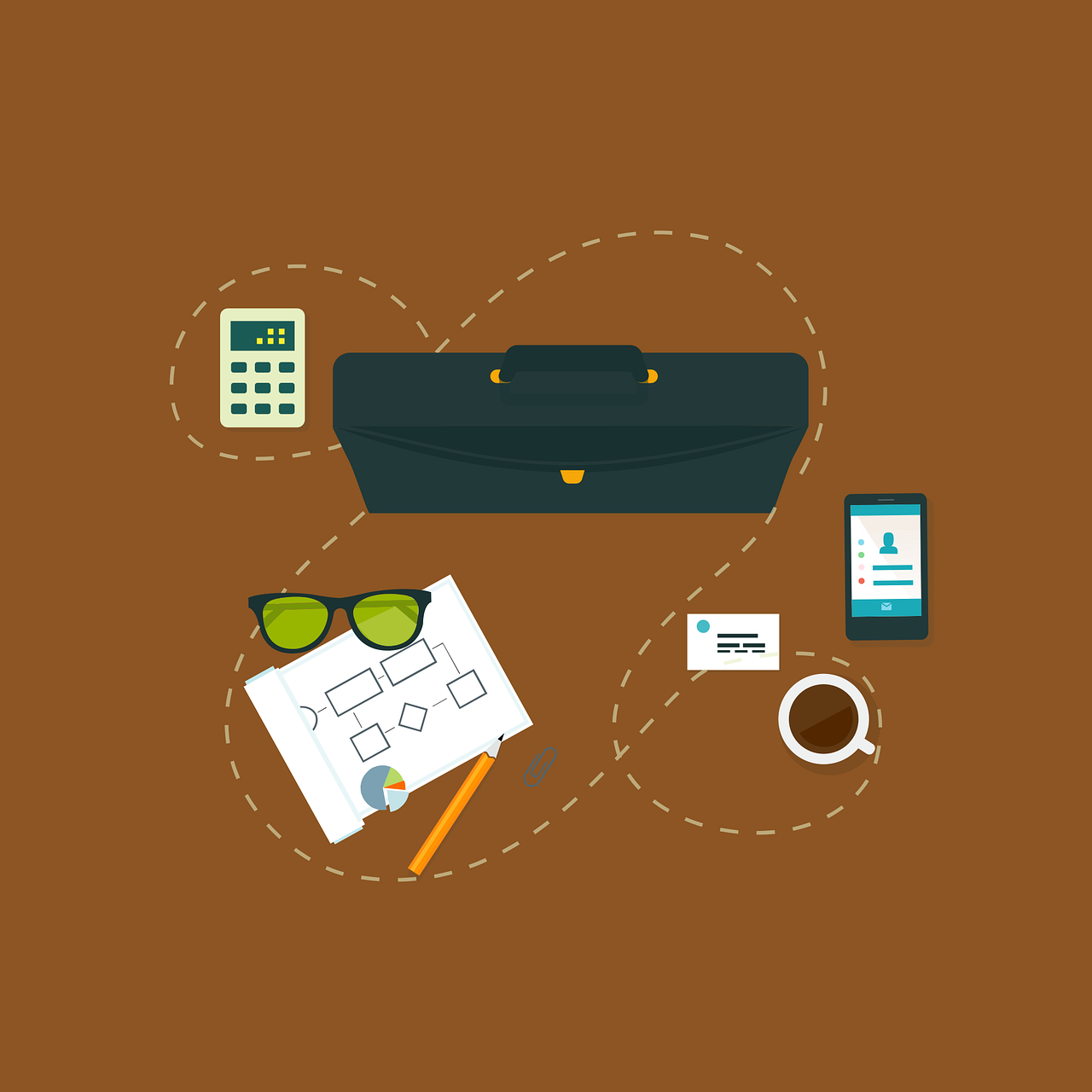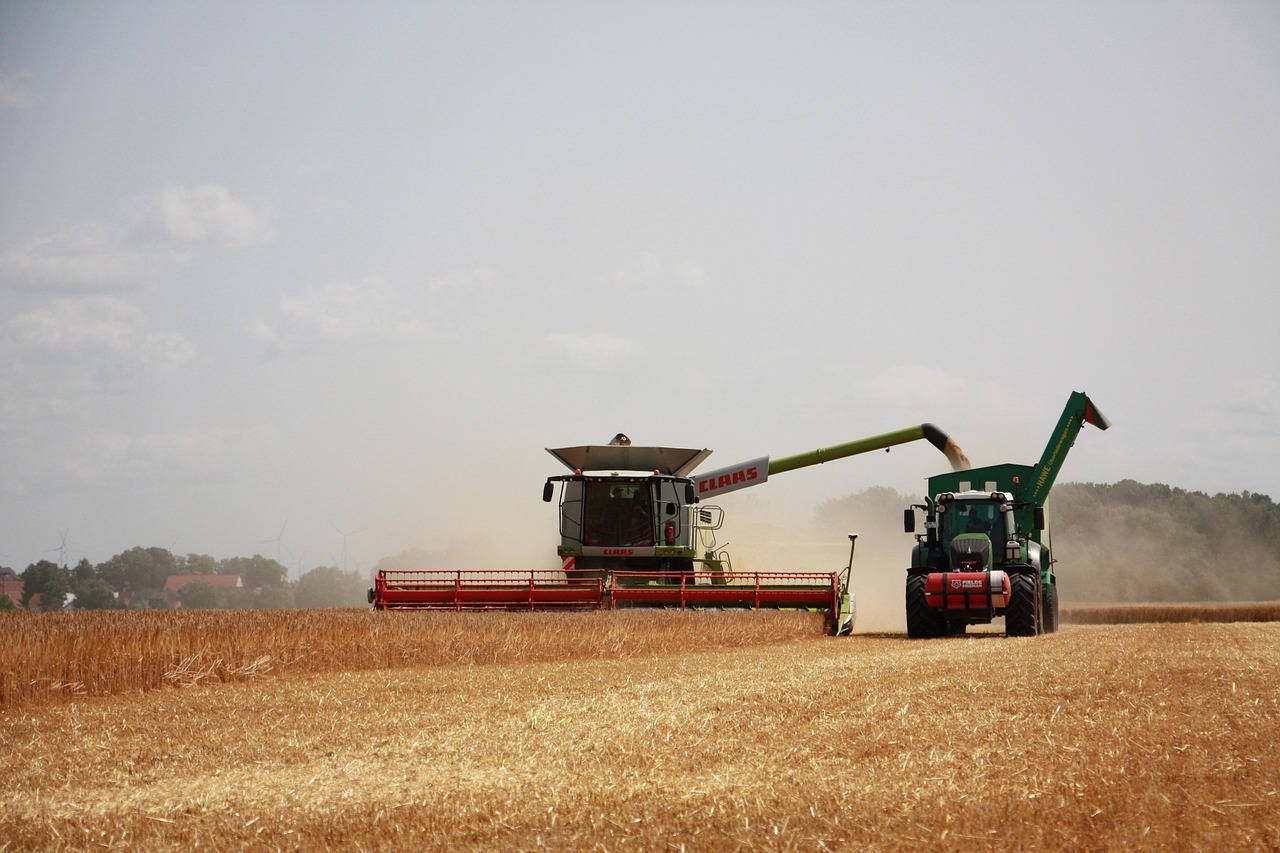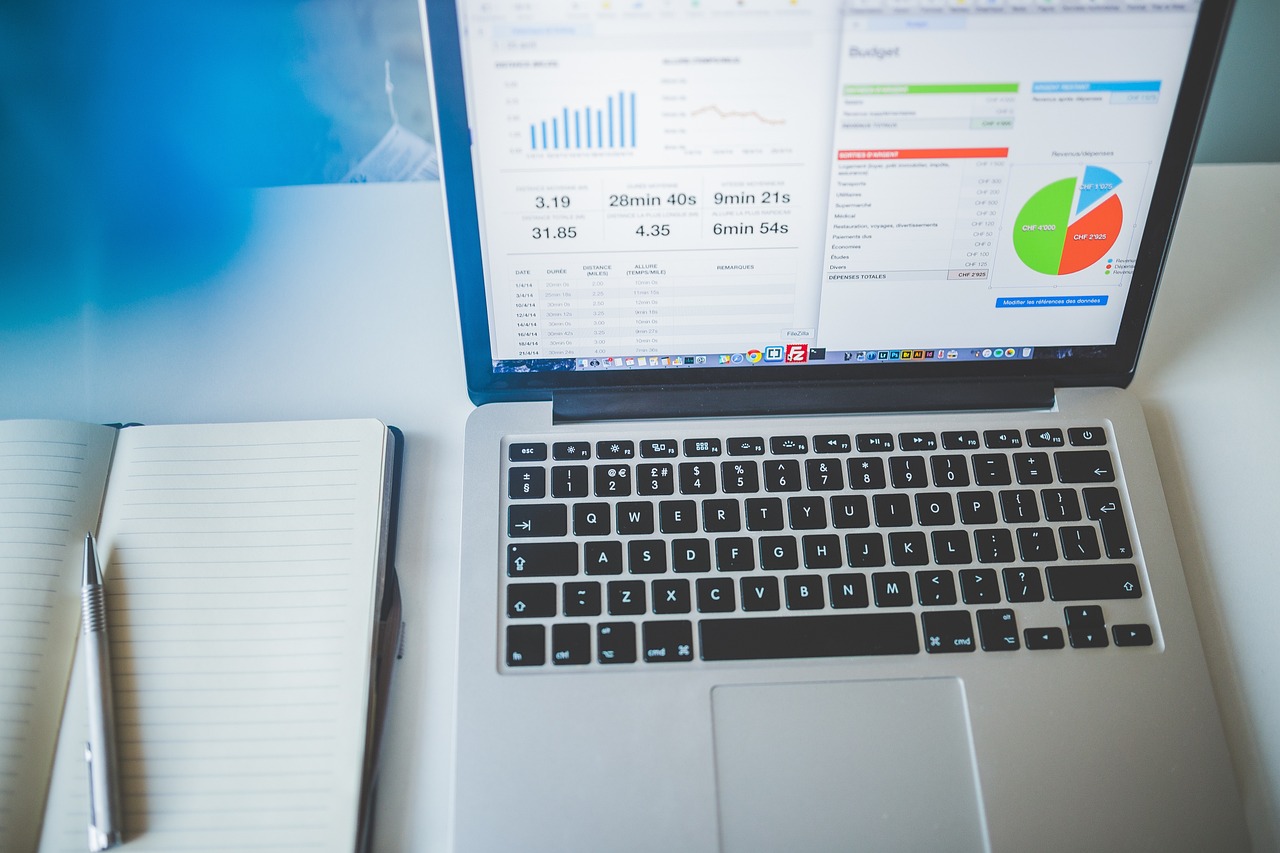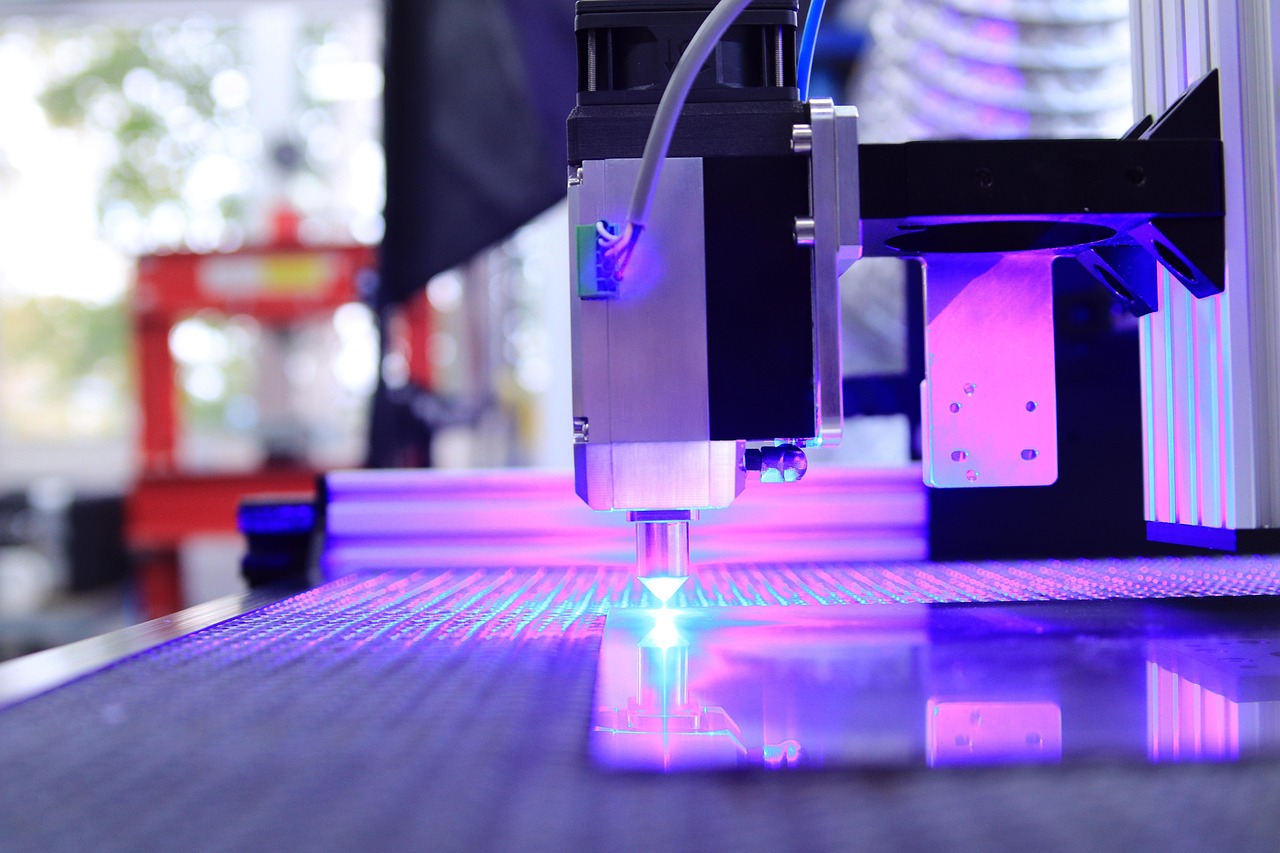In the fast-evolving landscape of 2025, boosting productivity without succumbing to burnout has become a vital consideration for individuals and organizations alike. The modern workplace demands efficiency, yet the relentless pace often risks pushing people to their limits. Unlike the old myth equating longer hours with better results, today’s leading thinkers emphasize working smarter through habit optimization, structured scheduling, and mindful recovery. Tools like Asana, Trello, and Notion now help manage workflows seamlessly, while apps such as Headspace and Calm support mental wellness, striking a balance often neglected in traditional setups.
Amid this shift, a growing number of professionals embrace strategies that protect their energy and foster sustainable performance. At the heart of this philosophy lies the understanding that productivity peaks when clarity, focus, and recovery are harmonized. Techniques like the four-quadrant task prioritization and time-blocking enable teams to direct effort where it matters most. Add to that intentional breaks, distraction management with RescueTime or Forest, and goal-setting frameworks like SMART, and the equation for success unfolds naturally.
This renewed focus also reflects a cultural movement rejecting “always-on” work norms. The emphasis now falls on resilience and long-term energy management rather than short bursts of overwhelming workload. As companies increasingly implement supportive platforms such as Slack to enhance communication and promote accountability, the path toward high performance without burnout grows clearer.
These approaches are transforming not just individual workflows but enterprise cultures worldwide. The message is resonant: productivity need not be a zero-sum game pitting achievement against health. By integrating modern tools with proven psychological principles, it is entirely possible to thrive professionally while maintaining one’s well-being.
Prioritizing Tasks: Mastering the Art of Focused Productivity
In 2025, effective productivity begins with mastering task prioritization, ensuring your efforts target what truly counts. Prioritization is the cornerstone of sustaining both high performance and mental well-being. The key lies in distinguishing between tasks that are urgent versus those that are important—the latter often driving long-term success.
One robust method to achieve this clarity is the four-quadrant approach. This system classifies tasks into:
- Quadrant 1: Urgent and Important (critical deadlines, emergencies)
- Quadrant 2: Important but Not Urgent (strategic planning, skill development)
- Quadrant 3: Urgent but Not Important (interruptions, some meetings)
- Quadrant 4: Neither Urgent nor Important (time fillers, distractions)
Focusing primarily on Quadrant 2 activities cultivates impactful progress without the frenetic pressure of emergencies. For example, a product manager using Asana can tag tasks by quadrant, ensuring the team invests energy in meaningful advancements rather than reactionary busywork.
Creating a weekly task list with this prioritization scheme offers several advantages:
- Improved clarity: Clear vision on what to tackle first.
- Reduced stress: Avoids the anxiety of a vague or overwhelming workload.
- Enhanced delegation: Identifying which tasks can be reassigned or delayed.
- Better time allocation: Spending more time on activities that advance personal or organizational goals.
Task management platforms like Notion and Todoist complement this method by allowing seamless tagging, reminders, and progress tracking. With such tools, it becomes easier to avoid burnout by maintaining a manageable workload. When less urgent tasks are thoughtfully postponed or delegated, motivational energy is preserved for high-impact work.
To illustrate, consider a startup team balancing daily operations with innovation. Using Trello’s visual boards, they separate tasks by quadrant, establishing a rhythm that prevents last-minute fire-fighting. Over time, this organization reduces overtime hours and cultivates a proactive rather than reactive culture.
| Quadrant | Task Examples | Recommended Action |
|---|---|---|
| Urgent & Important | Client issues, regulatory deadlines | Allocate immediate attention |
| Important but Not Urgent | Strategy meetings, learning new software | Schedule time blocks |
| Urgent but Not Important | Unscheduled calls, some emails | Delegate or batch process |
| Neither Urgent nor Important | Social media scrolling, irrelevant notifications | Eliminate or limit |
Ultimately, learning to prioritize effectively is a skill that feeds sustainable productivity. As you sharpen this ability, you pave the way for performance that respects your mental and physical capacity without compromising outcomes.

Revitalize Focus and Energy by Taking Regular, Intentional Breaks
The traditional notion of working non-stop until exhaustion is proven outdated. Instead, 2025 productivity wisdom underscores that regular breaks are indispensable tools for sustaining focus and energy throughout the workday.
Breaks act as physiological and cognitive resets, preventing decline in concentration and creativity. Studies show that well-planned pauses improve output by helping maintain sustained attention over longer periods, a crucial advantage in a world saturated with digital distractions.
Different types of breaks serve varying purposes and should be integrated thoughtfully:
| Break Type | Duration | Suggested Activities |
|---|---|---|
| Micro Break | 1-5 minutes | Stretching, deep breaths, standing up |
| Short Break | 10-15 minutes | Walking, light snack, mindfulness using Headspace or Calm apps |
| Long Break | 30-60 minutes | Lunch, socializing, hobby time |
| Extended Break | 1+ hour | Exercise, outing, personal reflection |
Many professionals use productivity aids such as RescueTime or Forest to remind them to step away, turning break-taking into a conscious, regular routine instead of an afterthought. For example, adopting the Pomodoro Technique—working in 25-minute focused sprints followed by 5-minute rests—can significantly help maintain peak cognitive function. Increasing intervals progressively to 90 minutes for deep work with longer recovery periods proves even more effective for complex problem-solving or creative tasks.
A practical case: a marketing strategist integrated 15-minute breaks using Calm’s guided meditations between her work sessions. This not only improved her focus but reduced anxiety, helping her maintain creativity without feeling overwhelmed.
- Benefits of regular breaks include:
- Reduced mental fatigue and burnout risk
- Improved memory consolidation
- Maintained motivation and mood stability
- Enhanced physical health through movement
Workplace cultures recognizing these benefits encourage workers to adopt break-friendly norms. Slack innovations include dedicated status updates signaling break times while tools like Evernote capture ideas during breaks to prevent forgetting creative sparks. Such integrations foster environments where recharging is an accepted and encouraged part of lifelong productivity.
Setting Clear Goals with SMART Criteria to Directionally Boost Productivity
Clear goal-setting acts as a compass steering your daily activities, helping prevent the paralysis caused by a mountain of undifferentiated tasks. In 2025, the SMART framework—Specific, Measurable, Achievable, Relevant, and Time-bound—remains a highly effective structure to create goals that motivate and align efforts.
Understanding the difference between personal and professional goals enhances overall well-being and productivity. Personal goals often include health, learning, and work-life balance, while professional goals center on career milestones and contributions to organizational success. Together, they form a cohesive roadmap for a fulfilling, sustainable career.
By applying SMART principles, you ensure that each goal has:
- Specificity: Exact outcomes rather than vague aspirations.
- Measurability: Concrete indicators to track progress.
- Achievability: Realistic targets considering current resources.
- Relevance: Alignment with broader aspirations and priorities.
- Time-bound: Deadlines that instill urgency and focus.
For example, instead of saying “Improve team communication,” set a goal such as “Implement weekly 15-minute check-ins using Slack to raise project alignment by 20% by end of Q2.” This clarity enables more precise planning and evaluation.
Breaking down larger goals into smaller tasks further prevents overwhelm and increases motivation. Tools like Todoist and Notion excel at helping individuals and teams map these actionable steps visibly, which keeps motivation high. Regularly reviewing goals ensures advances are celebrated or plans adapted as circumstances change.
Goals really become effective when coupled with accountability and progress tracking. Behavioral science supports using micro-habits embedded in daily workflows. For instance, dedicating the first 5 minutes of an Asana board review each morning to update task statuses strengthens goal alignment over time without requiring a major overhaul of habits.
Collectively, when goals are meaningful, clear, and consistently revisited, they cultivate both momentum and resilience. This approach prevents the burnout that often stems from undefined expectations and constant firefighting.

Minimizing Distractions: Cultivating an Environment for Deep Work
In today’s digital world, distractions abound, threatening productivity and increasing frustration. 2025 work efficiency demands proactive strategies to limit distractions and cultivate an environment conducive to deep, meaningful focus.
Distractions come in several forms—digital notifications, background noise, social media, and unscheduled interruptions. Recognizing their sources is the first step toward control.
| Distraction Type | Common Sources | Effective Countermeasures |
|---|---|---|
| Digital Notifications | Emails, instant messages, app alerts | Use ‘Do Not Disturb’ modes and schedule email checking |
| Background Noise | Office chatter, household noise | Noise-canceling headphones, white noise apps |
| Social Media | Feeds, notifications, scrolling | Dedicated times for social checking and app limiters like Forest |
| Unscheduled Interruptions | Drop-in meetings, phone calls | Set clear boundaries and communicate focus times with colleagues |
Practical use of tools like RescueTime offers insights on digital habits, enabling users to identify peaks of distraction and adjust schedules accordingly. Additionally, apps such as Forest help build concentration by making distraction “costs” visually apparent.
Creating a dedicated workspace distinct from leisure areas reinforces cognitive cues signaling work time, sharpening focus. When paired with the practice of scheduling “focus blocks” — immune to meetings and messages — individuals report profound productivity boosts and significantly less stress.
- Best practices to limit distractions include:
- Turning off non-essential notifications
- Blocking social media during work hours
- Allocating “no meeting” periods
- Informing colleagues about focused work times
- Using Slack Channel muting strategically
For instance, a remote team discovered that instituting Monday morning as a “deep work day” with limited Slack alerts doubled their weekly output while enhancing well-being. Such simple shifts reveal the immense potential in managing rather than fighting distractions.
Building Sustainable Success Through Work-Life Balance and Flexibility
The line between work and personal life has blurred considerably in recent years, especially with remote and hybrid models dominating 2025. Fostering a healthy work-life balance alongside embracing schedule flexibility is essential for long-term productivity without burnout.
Creating explicit boundaries prevents overwork and protects time for rest and personal priorities. For instance, setting defined hours where emails and calls are off-limits helps preserve energy and mental space. Many now use scheduling tools like Asana or Trello not only for tasks but also for blocking personal time, signaling the importance of balance.
Flexibility also entails aligning work pace with natural energy rhythms. Professionals leveraging this adapt their most challenging projects to coincide with their peak mental alertness. Incorporating frequent walk breaks or light physical activity, such as yoga or stretching, boosts overall energy and creativity. Apps like Calm and Headspace enhance this by promoting mindfulness and stress relief during breaks.
Companies fostering such environments report improved employee engagement and retention. A global survey in 2025 showed that 68% of workers felt more motivated when given autonomy over their schedules, citing fewer feelings of burnout. This trend aligns closely with the increasing adoption of tools that facilitate both communication and autonomy, like Slack and Notion.
Steps toward a balanced and flexible work life include:
- Establishing a designated workspace
- Scheduling breaks and personal time proactively
- Using technology to signal availability and focus
- Communicating boundaries clearly with teams and supervisors
- Incorporating regular physical movement or mindfulness sessions
Recognizing productivity as a blend of sustained energy, focus, and well-being, this holistic approach protects against burnout and enriches overall life satisfaction. In consequence, individuals not only perform better but enjoy their work and personal time more fully.

How Can You Boost Productivity Without Burning Out?
Explore practical tips and understand their impact on productivity and well-being. Click on any tip to see relevant productivity statistics based on public data.
Select a tip from the left to view its productivity impact statistics.
How Can You Sustain Productivity Without Burning Out?
Boosting productivity sustainably requires mastering a few essential principles:
- Prioritize: Target tasks that yield the biggest impact first.
- Structure: Use time-blocking and habit-building for consistency.
- Recharge: Schedule intentional breaks for mental reset.
- Control: Manage distractions through dedicated tools and environments.
- Balance: Maintain boundaries to protect personal well-being.
Applying these principles consistently can transform how you work and live.
What Role Do Habits Play in Avoiding Burnout?
Behavioral science underscores small daily habits as the gateway to lasting change. Rather than wholesale revolutions in workflow, micro-habits—like reviewing top priorities each morning in Slack or updating a Trello board—build momentum without exhausting willpower. These manageable routines enhance focus and foster resilience against stress.
How Can Technology Help You During This Process?
Today’s integrated apps support productivity and wellness synergistically. For example, RescueTime provides insights into distraction patterns, while Evernote and Todoist organize priorities visually. Mindfulness apps such as Headspace work complementary to these tools by promoting mental clarity. Leveraging platforms like Slack also encourages social accountability without micromanagement, creating healthy work rhythms.


